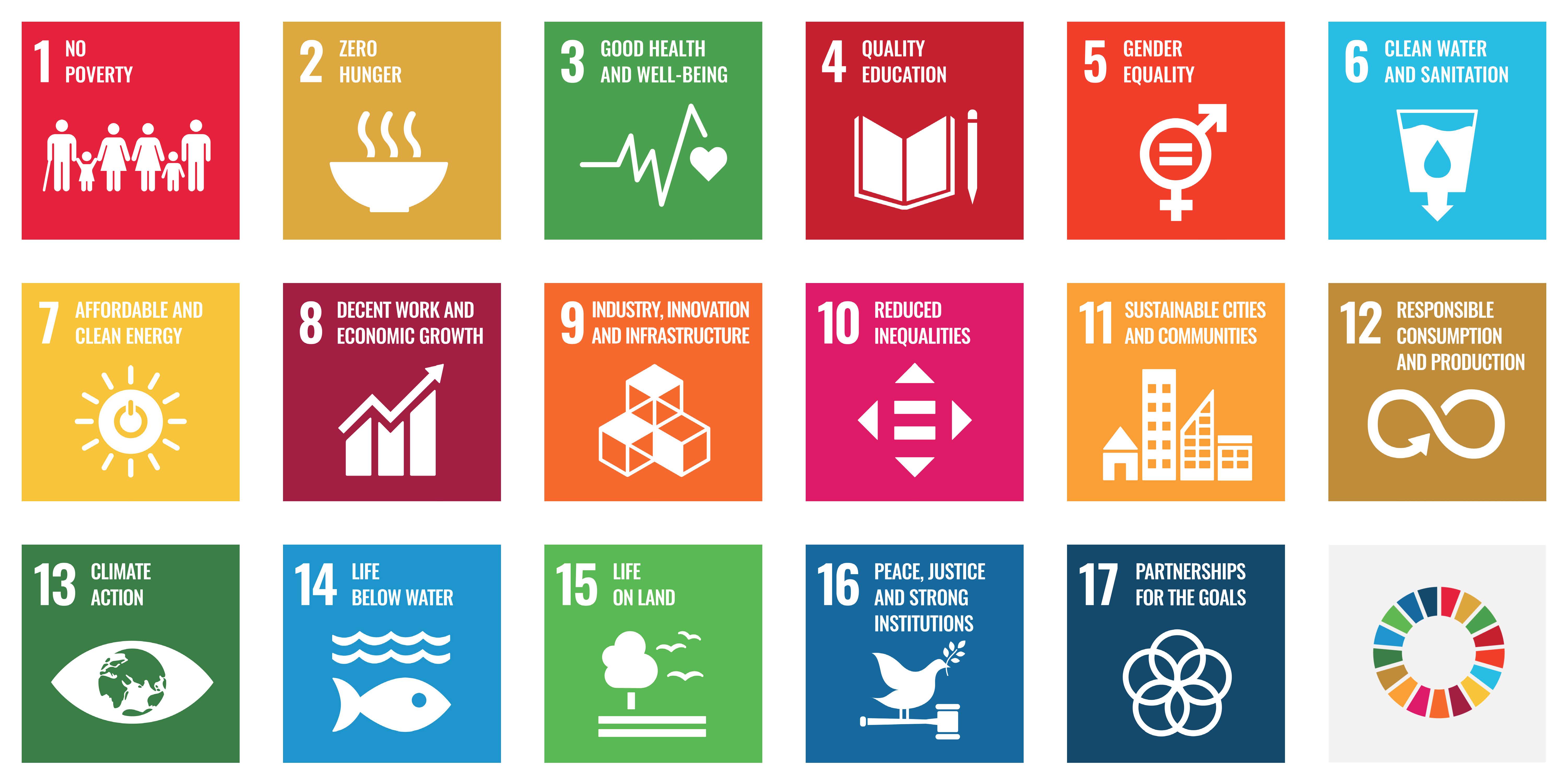Start Date
21-4-2021 1:25 PM
End Date
21-4-2021 1:34 PM
Description
The impact on the ecosystem generated by marine pollution is currently a major problem that alters the natural state of our seas, largely made up of marine debris from fishing gear.
Most studies around the world on marine debris, from the 1960s to the present, report the presence of fishing gear as marine debris (Link etal., 2019). Macfyden (2011) published a report on abandoned, lost or discarded fishing gear (ALDFG), determining that the most polluting gears are gillnets, traps and longlines and that they represent 10% of the world's marine litter. Which coincidentally are the most used in Peru.
Publication Title
Conference Proceedings for The 3rd Global Virtual Conference of the Youth Environmental Alliance in Higher Education
Recommended Citation
Grados, Barbara, "Session 1F Abandoned, lost or otherwise discarded fishing gear found in trawling at Tropical Sea of Grau Piura- Peru" (2021). The Youth Environmental Alliance in Higher Education. 27.
https://doi.org/10.37099/mtu.dc.yeah-conference/april2021/all-events/27
Session 1F Abandoned, lost or otherwise discarded fishing gear found in trawling at Tropical Sea of Grau Piura- Peru
The impact on the ecosystem generated by marine pollution is currently a major problem that alters the natural state of our seas, largely made up of marine debris from fishing gear.
Most studies around the world on marine debris, from the 1960s to the present, report the presence of fishing gear as marine debris (Link etal., 2019). Macfyden (2011) published a report on abandoned, lost or discarded fishing gear (ALDFG), determining that the most polluting gears are gillnets, traps and longlines and that they represent 10% of the world's marine litter. Which coincidentally are the most used in Peru.



Comments
Presented at the 3rd International Conference of the YEAH
SDG Theme: SDG 6 - Clean Water & Sanitation, SDG 11- Sustainable Cities & Communities, SDG 13 - Climate Action